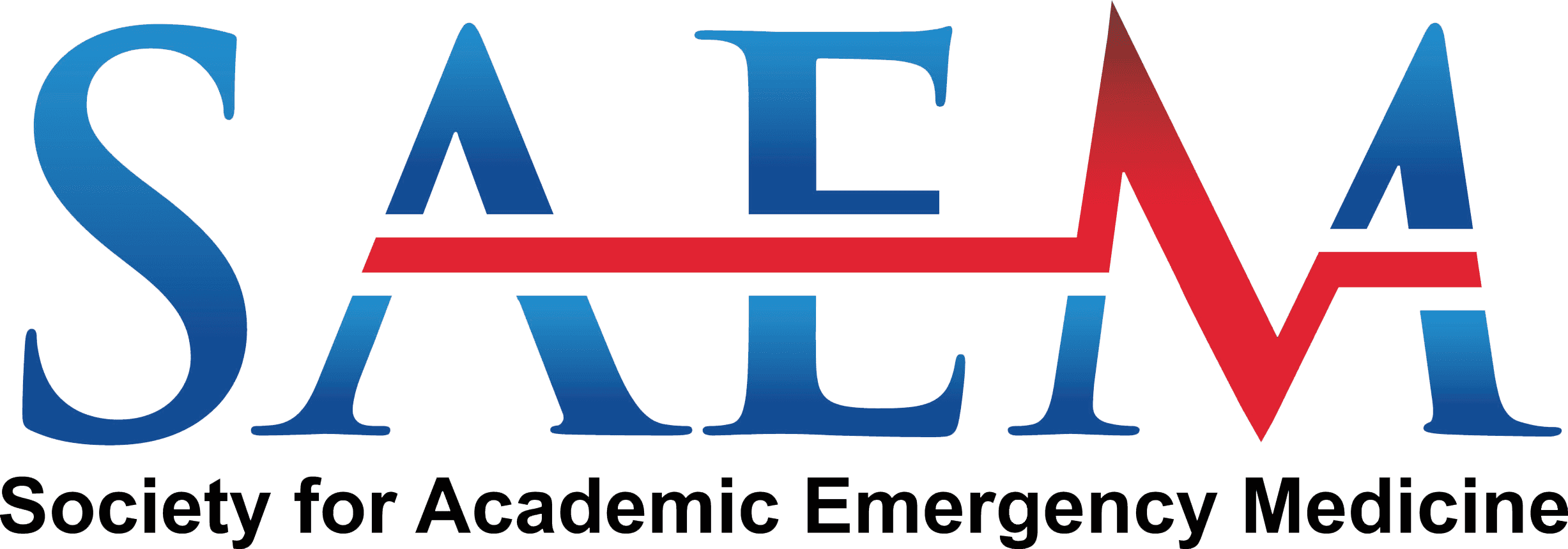Fundamentals of Telehealth: A Learning Compendium for Residents

Author
Lulu Wang, MD; Shruti Chandra, MD, MEHP; Christopher Nash, MD, EdM; Anthony Fabiano, MD, MBA; Peter Hou, MD; David Whitehead, MD; Alexander Kolkin, MD; Milos Tomovic, MD, MBA; and Emily Hayden, MD, on behalf of the SAEM Telehealth Interest Group
Toolkit Overview
Telehealth is an integral part of modern care delivery. As health systems face mounting pressures to deliver high-quality care at sustainable cost, telehealth offers the necessary tools for adaptation and evolution. While telehealth is often perceived as a stand-in service - a substitute when in-person care is unavailable or unfeasible - that would risk too narrow an understanding. Telehealth encompasses a diversity of modalities, including synchronous audio/video, remote patient monitoring, asynchronous care, and mobile health. Emergency Medicine (EM) has begun incorporating telehealth, despite the specialty's origins in in-person acute unscheduled care. As we move into the era of omnichannel communication and technology-enabled care delivery, future emergency physicians must be facile in deploying these digital health tools. However, few EM residency programs have a structured telehealth curriculum, and many trainees receive no exposure to telehealth at all.
This Fundamentals of Telehealth compendium for residents introduces basic tenets of telehealth as identified in the Association of American Medical Colleges (AAMC) 2021 report,7 categorized into six domains. The collation of this educational material was led by six telehealth experts - emergency physicians from the SAEM Telehealth Interest Group - with contribution from six residents and three medical students from the SAEM Residents and Medical Students Academy.
This compendium is not comprehensive, but is intended as a scaffold upon which a residency program can build a more individualized telehealth curriculum specific to its unique telehealth service availability, patient population, practice environment, and payer mix. Supplementation can include addition of didactic materials, clinical telehealth experiences or case-based/simulation education. Alternatively, an individual can use this compendium as a self-study tool to gain a basic understanding of telehealth and its intersection with EM. Note that while the compendium is designed for the resident-level learner, it is easily adaptable to a learner of any level as many underlying concepts are the same.
Chapters
Patient Safety and Appropriate Use of Telehealth
Data Collection and Assessment
Ethical Practices and Legal Requirements
- Noronha C, Lo MC, Nikiforova, T, et al. Telehealth Competencies in Medical Education: New Frontiers in Faculty Development and Learner Assessments. J Gen Intern Med. 2022;37(12):3168-3173. doi:10.1007/s11606-022-07564-8
- Khullar D, Mullangi S, Yu J, et al. The State of Telehealth Education at US Medical Schools. Healthcare. 2021;9(2):100522. doi:10.1016/j.hjdsi.2021.100522
- Consultation-Liaison Psychiatry Milestones. The Accreditation Council for Graduate Medical Education.
- Clinical Informatics Milestones. The Accreditation Council for Graduate Medical Education.
- Clinical Neurophysiology Milestones. The Accreditation Council for Graduate Medical Education.
- Internal Medicine Milestones. The Accreditation Council for Graduate Medical Education.
- Telehealth Competencies Across the Learning Continuum. Association of American Medical Colleges. 2021.
- Colmers-Gray IN, Krishnan K, Chan TM, et al. The Revised METRIQ Score: A Quality Evaluation Tool for Online Educational Resources. AEM Educ Train. 2019;3(4):387-392. doi:10.1002/aet2.10376
- Chan T, Thoma B, Krishnan K, et al. Derivation of Two Critical Appraisal Scores for Trainees to Evaluate Online Educational Resources: A METRIQ Study. Western Journal of Emergency Medicine. 2016;17(5):574-584. doi:10.5811/westjem.2016.6.30825
- Purdy E, Thoma B, Bednarczyk J, Migneault D, Sherbino J. The Use of Free Online Educational Resources by Canadian Emergency Medicine Residents and Program Directors. CJEM. 2015;17(2):101-106. doi:10.1017/cem.2014.73
